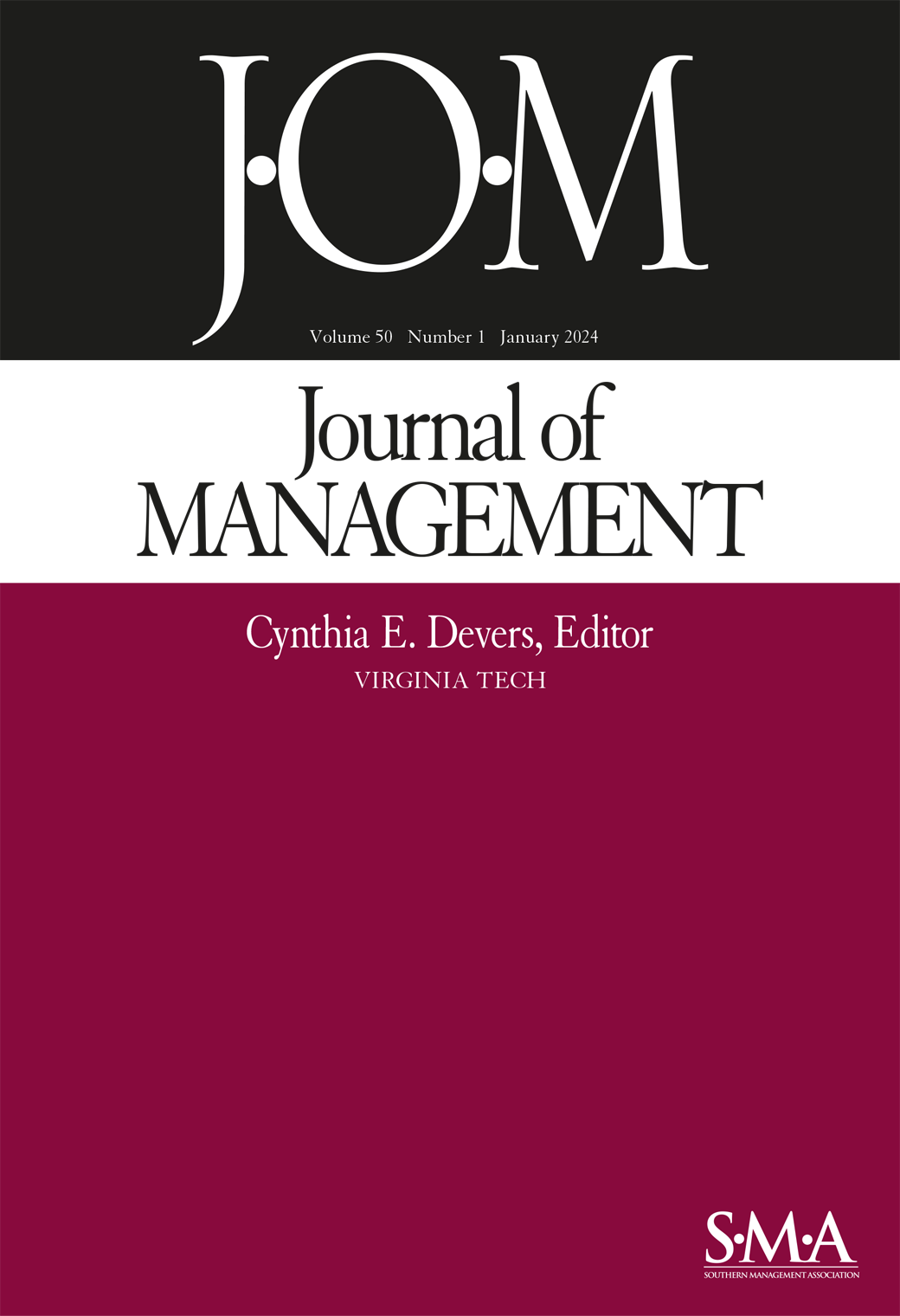员工流动障碍:跨职业、人力资源和战略管理研究的综合回顾
IF 9
1区 管理学
Q1 BUSINESS
引用次数: 0
摘要
员工自愿在公司之间流动的能力是将人力资本与其他资源区别开来的一个决定性特征。这篇综述通过综合“员工流动障碍”——限制员工流动并帮助企业保持基于人力资本的竞争优势的机制——的知识,将以前孤立的研究社区联系起来。我们引入了十类员工流动障碍的类型学,根据分析水平(个人、组织、社会)和公司控制程度进行区分,以组织有关该主题的不同文献。在此基础上,我们提出了一个战略模式架构,该架构基于企业控制水平(高与低)和障碍运作水平(个人与组织)来表征企业对员工流动障碍的反应。该框架为理解企业如何通过主动和被动战略克服这些障碍提供了理论视角,突出了对决策、集中化和授权的影响。我们的研究考察了员工流动对公司和个人来说既是机遇又是挑战的双重性质,涉及三个主要领域:个人职业、人力资本/人力资源管理(HC/HRM)和战略管理。我们提出了一个组合的观点,为未来的研究探索不同的流动障碍是互补还是替代。此外,我们考虑了员工流动的关系效益,并提出了进一步研究的方向。通过整合我们的类型学和战略模式的架构,本综述推进了对员工流动障碍的理论和实践理解,反映了最近的发展,并为未来的研究奠定了基础。本文章由计算机程序翻译,如有差异,请以英文原文为准。
Employee Mobility Barriers: An Integrative Review Across Careers, Human Resources, and Strategic Management Research
The ability of employees to move between firms of their own volition is a defining characteristic that distinguishes human capital from other resources. This review bridges previously isolated research communities by synthesizing knowledge on “employee mobility barriers”—mechanisms that restrict employee movement and help firms maintain human capital-based competitive advantages. We introduce a typology of ten categories of employee mobility barriers, differentiated by level of analysis (individual, organizational, societal) and degree of firm control, to organize the disparate literature on this topic. Building on this foundation, we propose an architecture of strategic modes that characterizes firm responses to employee mobility barriers based on the level of firm control (high vs. low) and the level at which barriers operate (individual vs. organizational). This framework offers a theoretical lens for understanding how firms navigate these barriers through proactive and reactive strategies, highlighting implications for decision-making, centralization, and delegation. Our review examines the dual nature of employee mobility as both an opportunity and a challenge for firms and individuals, with implications across three primary domains: individual careers, human capital/human resource management (HC/HRM), and strategic management. We propose a portfolio perspective for future research to explore whether different mobility barriers act as complements or substitutes. Additionally, we consider the relational benefits of employee mobility and suggest directions for further inquiry. By integrating our typology and the architecture of strategic modes, this review advances theoretical and practical understanding of employee mobility barriers, reflecting recent developments and setting the stage for future research.
求助全文
通过发布文献求助,成功后即可免费获取论文全文。
去求助
来源期刊

Journal of Management
Multiple-
CiteScore
22.40
自引率
5.20%
发文量
0
期刊介绍:
The Journal of Management (JOM) aims to publish rigorous empirical and theoretical research articles that significantly contribute to the field of management. It is particularly interested in papers that have a strong impact on the overall management discipline. JOM also encourages the submission of novel ideas and fresh perspectives on existing research.
The journal covers a wide range of areas, including business strategy and policy, organizational behavior, human resource management, organizational theory, entrepreneurship, and research methods. It provides a platform for scholars to present their work on these topics and fosters intellectual discussion and exchange in these areas.
 求助内容:
求助内容: 应助结果提醒方式:
应助结果提醒方式:


